Fresh data has lifted the lid on Australia’s moggie obsession, revealing the most popular cat breeds in every state and territory for the year.
Data released by pet insurance provider Petsy reveals the Domestic Shorthair has clawed its way to the top spot in almost every state and territory, dominating pet insurance policies nationwide.
The only exception? The Northern Territory, where the fluffy, blue-eyed Ragdoll reigns supreme.
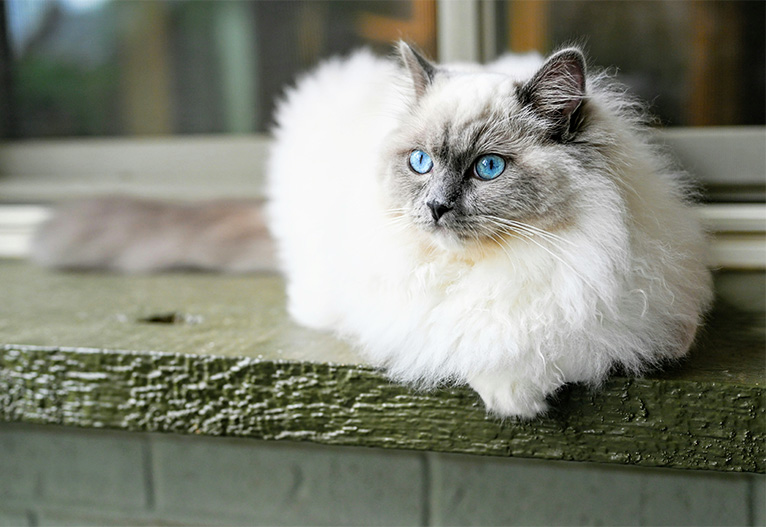
“Cats have always been a fixture of Australian homes, but we’ve seen a real shift in the last few years. More Australians are choosing pets that suit compact living, tighter budgets and flexible work arrangements – and the Domestic Shorthair ticks all those boxes.”
Petsy Founder Monica Limanto
Why cats are winning hearts in 2025
Australia is now home to around 5.3 million pet cats, with one-third of households sharing space with a feline friend1. Dogs still hold the crown at 6.4 million,2 but cats are steadily gaining ground – and affordability has a lot to do with it3.
On average, looking after a cat sets you back about $1,715 a year, while dogs come in at a hefty $3,218. With the cost of living biting hard, that’s no small difference4.
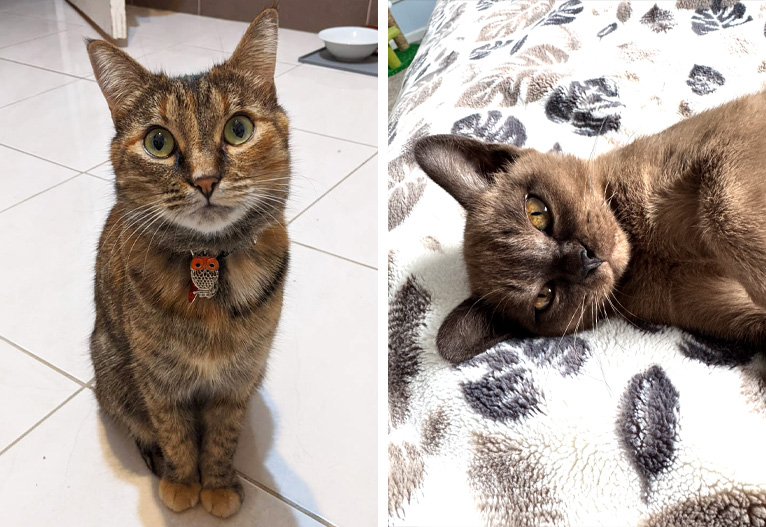
Cats also make sense for apartment dwellers, renters and anyone heading back into the office after a few years of working from home. Nearly one in four Aussie cat owners adopted their kitty during the pandemic, driving up demand for both rescue cats and Instagram-worthy breeds like Ragdolls and Maine Coons.
State by state
Petsy’s numbers show the Domestic Shorthair is comfortably the favourite in New South Wales (34%), South Australia (34%), Victoria (33%), ACT (32%), Queensland (30%), Western Australia (32%) and Tasmania (43%).
The Northern Territory is the odd one out, with the pampered Ragdoll stealing the crown. A third (33%) of policies cover Ragdolls, while Domestic Shorthairs come in second at 27%.
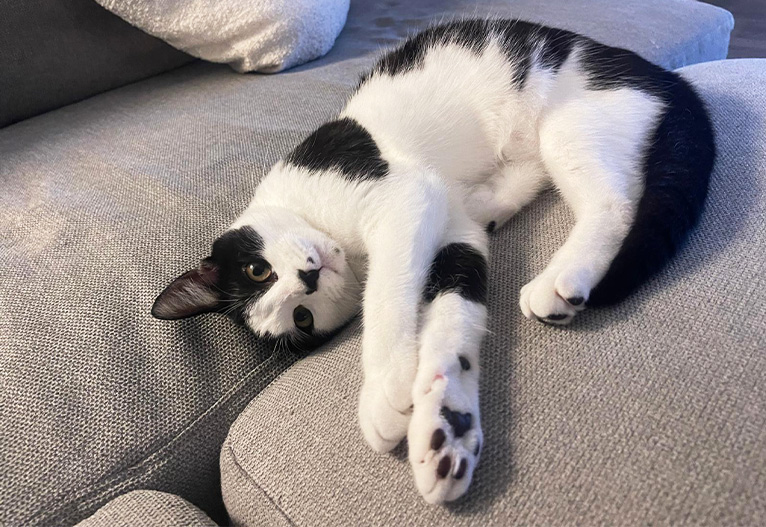
From colony ships to TikTok stars
Cats first arrived in Australia with the First Fleet, working as rat catchers, and were household staples by the 1830s. They were even released into the wild to help control rabbits in the 19th century – a decision that unfortunately led to today’s feral cat problem5.
Fast forward to 2025, and cats are more likely to be TikTok stars than farm roamers.
Ragdolls, Maine Coons and other fancy breeds are racking up views, especially with younger pet parents. But while the glamorous cats shine online, it’s the down-to-earth, affectionate Domestic Shorthair, which is often adopted from shelters, that still has the nation’s heart.
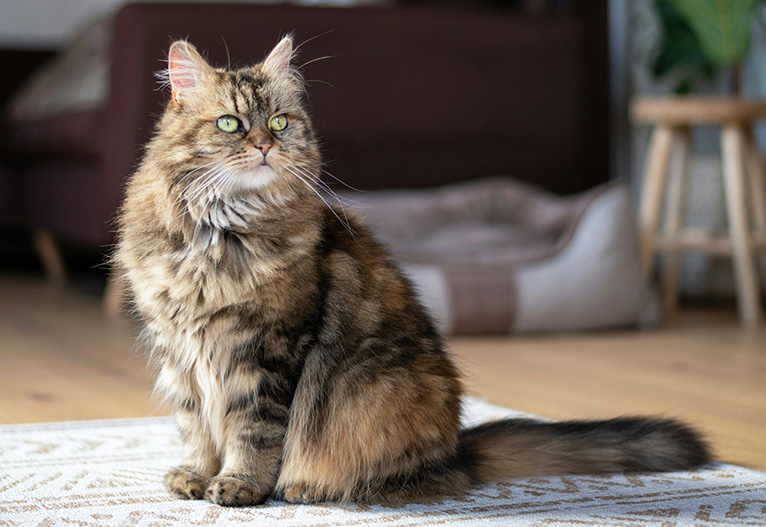
“For many families, cats offer companionship without the overheads of dog ownership, and with adoption rates still high and budgets stretched, it’s no surprise the humble moggie continues to come out on top.”
Petsy Founder Monica Limanto
Most popular cat breeds by state
The following data reflects the top five cat breeds in Australian households by Petsy policies.
ACT:
- Domestic Shorthair Cat, 32%
- Domestic Mediumhair Cat, 9%
- Ragdoll, 7%
- Abyssinian Cat, 7%
- Maine Coon, 5%
New South Wales:
- Domestic Shorthair Cat, 34%
- Domestic Mediumhair, Cat 8%
- Ragdoll, 7%
- British Shorthair, 5%
- Domestic House Cat, 5%
Northern Territory:
- Ragdoll, 33%
- Domestic Shorthair Cat, 27%
- British Shorthair, 20%
- Domestic Tabby Cat, 7%
- Burmese Cross, 7%
- British Shorthair Cross, 7%
Queensland:
- Domestic Shorthair Cat, 30%
- Ragdoll, 10%
- Domestic Mediumhair Cat, 7%
- Domestic Tabby Cat, 6%
- Ragdoll Cross, 5%
South Australia:
- Domestic Shorthair Cat, 34%
- Domestic Mediumhair Cat, 14%
- Domestic Tabby Cat, 8%
- Burmese, 8%
- Siberian, 5%
Tasmania:
- Domestic Shorthair Cat, 43%
- Domestic Mediumhair Cat, 23%
- Domestic Tabby Cat, 7%
- Domestic Longhair Cat, 7%
- Domestic Ginger Cat, 7%
Victoria:
- Domestic Shorthair Cat, 33%
- Domestic Mediumhair Cat, 11%
- Ragdoll, 9%
- Domestic Tabby Cat, 8%
- Domestic Longhair Cat, 5%
Western Australia:
- Domestic Shorthair Cat,32%
- Domestic Mediumhair Cat, 10%
- Domestic Tabby Cat, 9%
- Maine Coon, 6%
- Ragdoll, 5%
Data source: Policy data 2024 – 2025
Sources:
- https://kb.rspca.org.au/knowledge-base/how-can-we-best-manage-domestic-cats-in-australia/ ↩︎
- https://www.dogster.com/lifestyle/how-many-dogs-are-there-in-australia ↩︎
- https://animalmedicinesaustralia.org.au/wp-content/uploads/2022/11/AMAU008-Pet-Ownership22-Report_v1.6_WEB.pdf ↩︎
- https://kb.rspca.org.au/knowledge-base/how-many-pets-are-there-in-australia/ ↩︎
- https://en.wikipedia.org/wiki/Cats_in_Australia ↩︎
Top image: Domestic Shorthair, Petsy
If you were planning to adopt a cat, would you choose a particular breed? We’d love to hear your thoughts below!

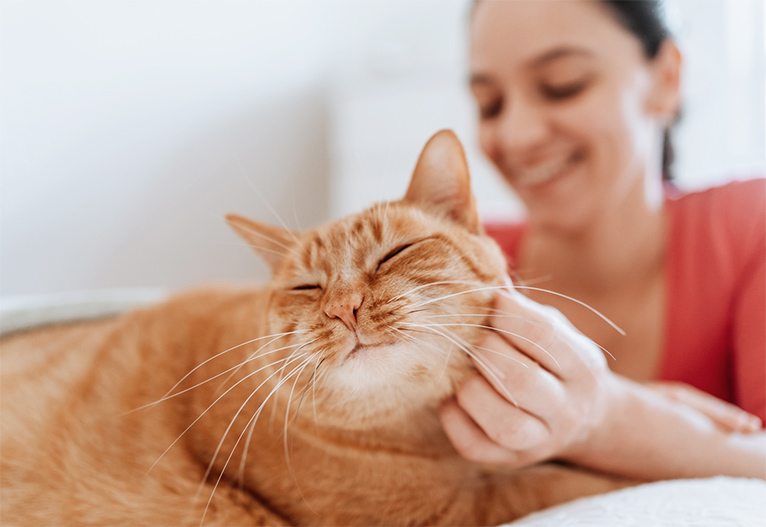
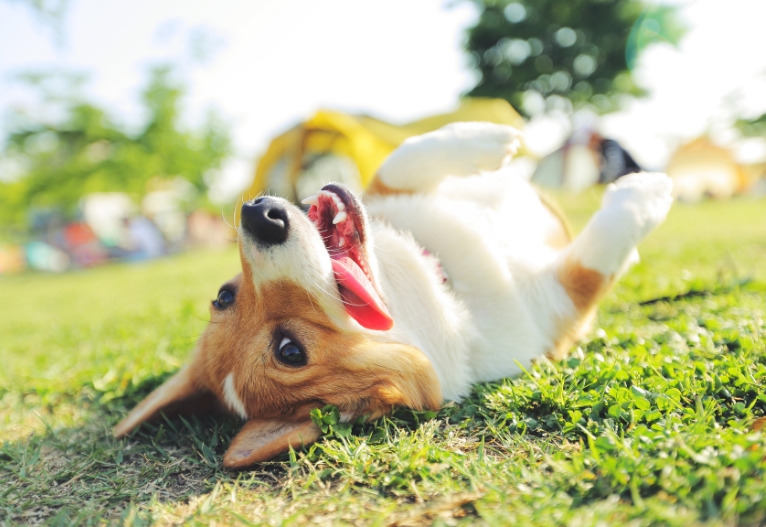

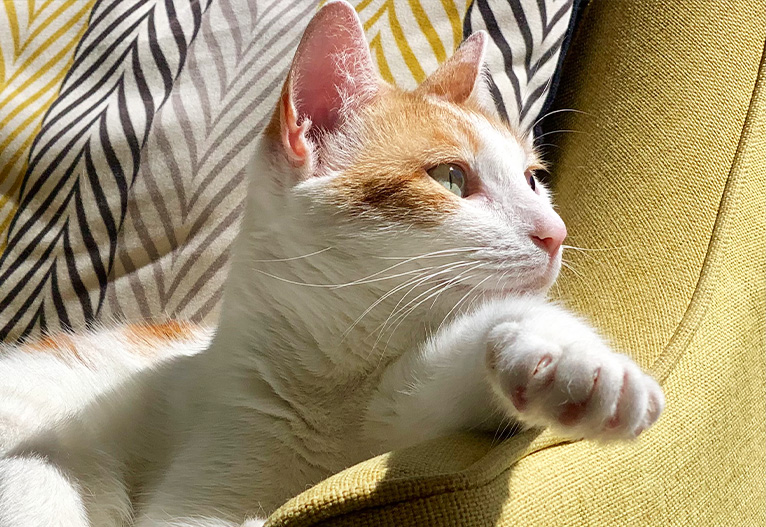
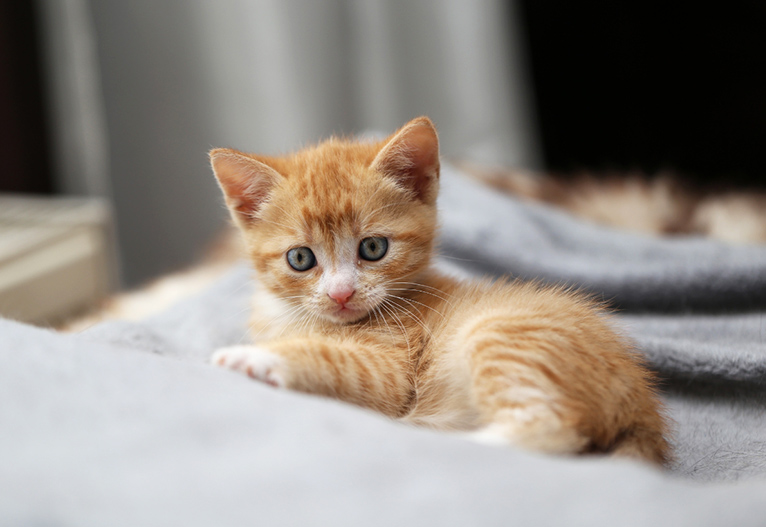
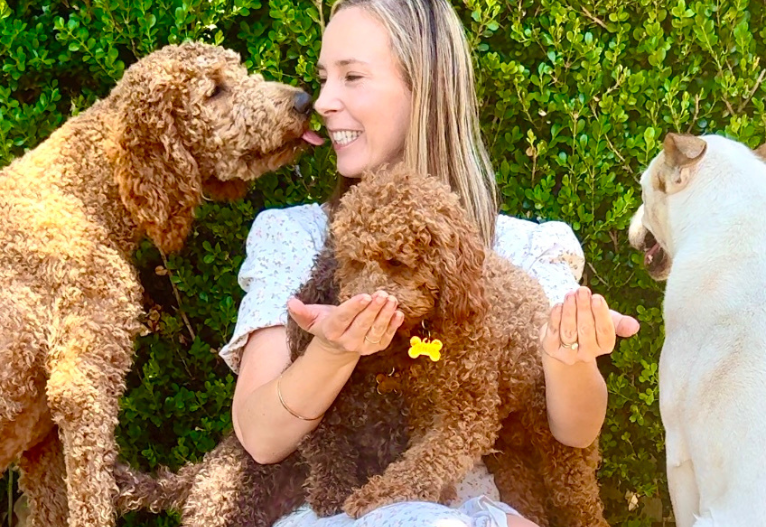

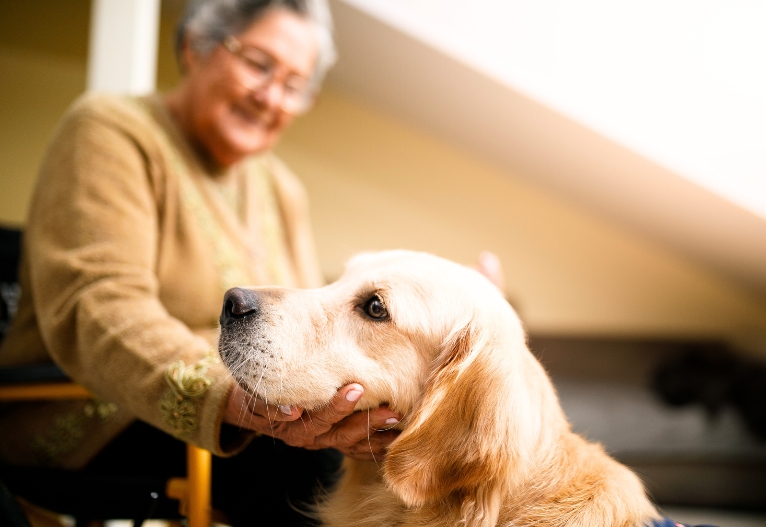



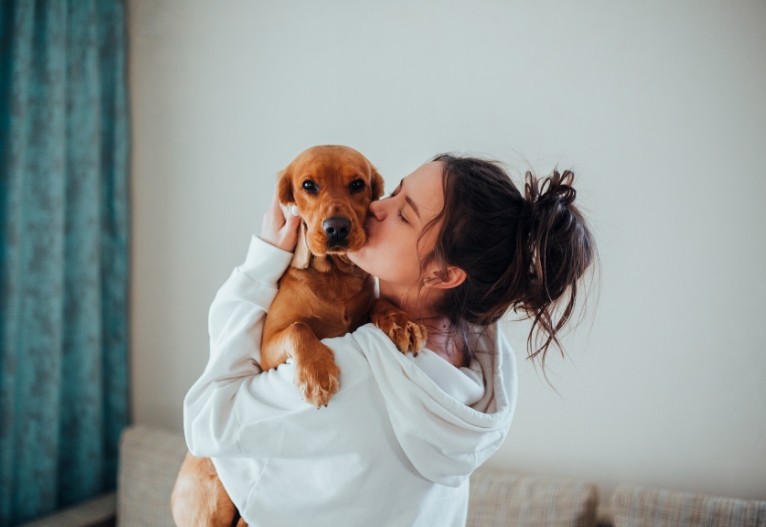
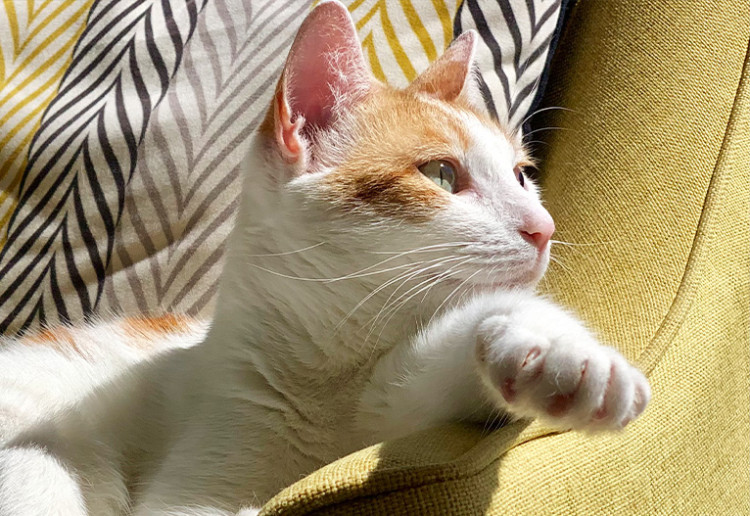
-

-
-
BP517428, NSW
- 27 Nov 2025
👍
0 Likes
-

-
-
sars_angelchik, TAS
- 21 Nov 2025
👍
0 Likes
-
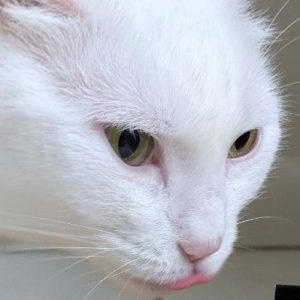
-
-
ChiWren, QLD
- 17 Nov 2025
👍
0 Likes
-
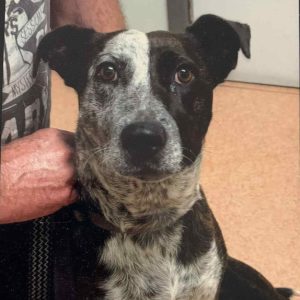
-
-
TraceyGail, NSW
- 09 Oct 2025
👍
0 Likes
-

-
-
Myfurrloves, NSW
- 07 Oct 2025
👍
0 Likes
-

-
-
ChiWren, QLD
- 02 Oct 2025
👍
0 Likes
-

-
-
Myfurrloves, NSW
- 28 Sep 2025
👍
0 Likes
-

-
-
BH516518, VIC
- 27 Sep 2025
👍
0 Likes
Post a commentTo post a review/comment please join us or login so we can allocate your points.